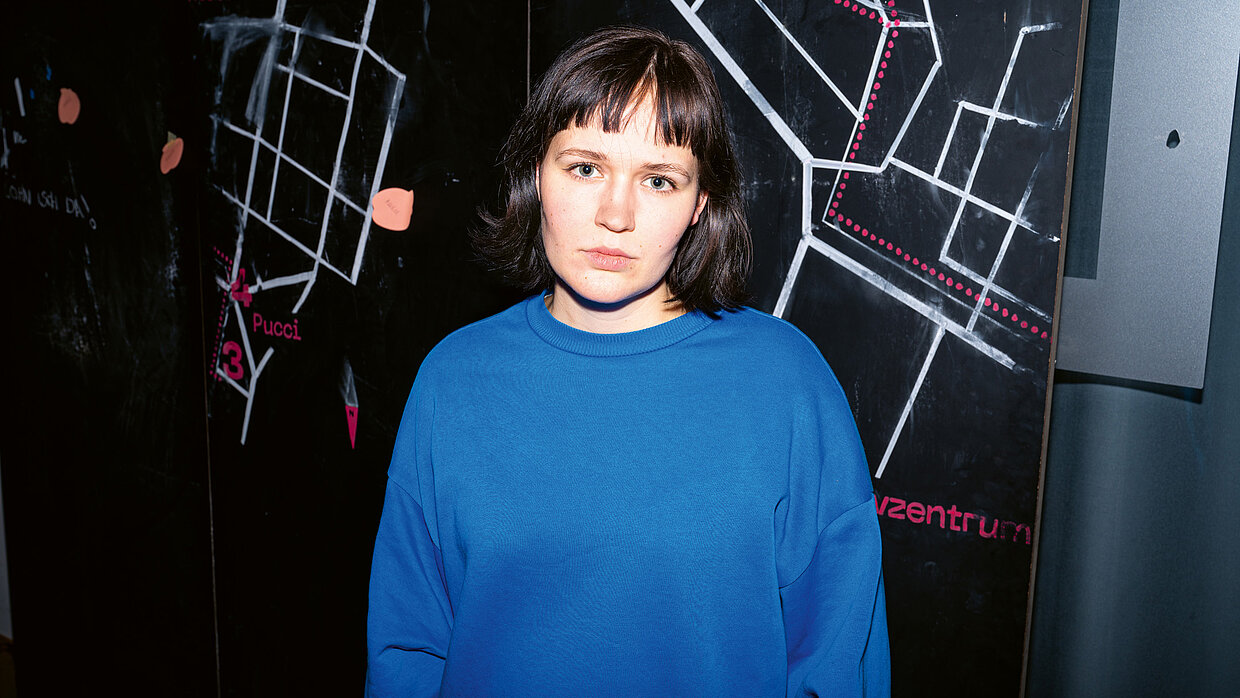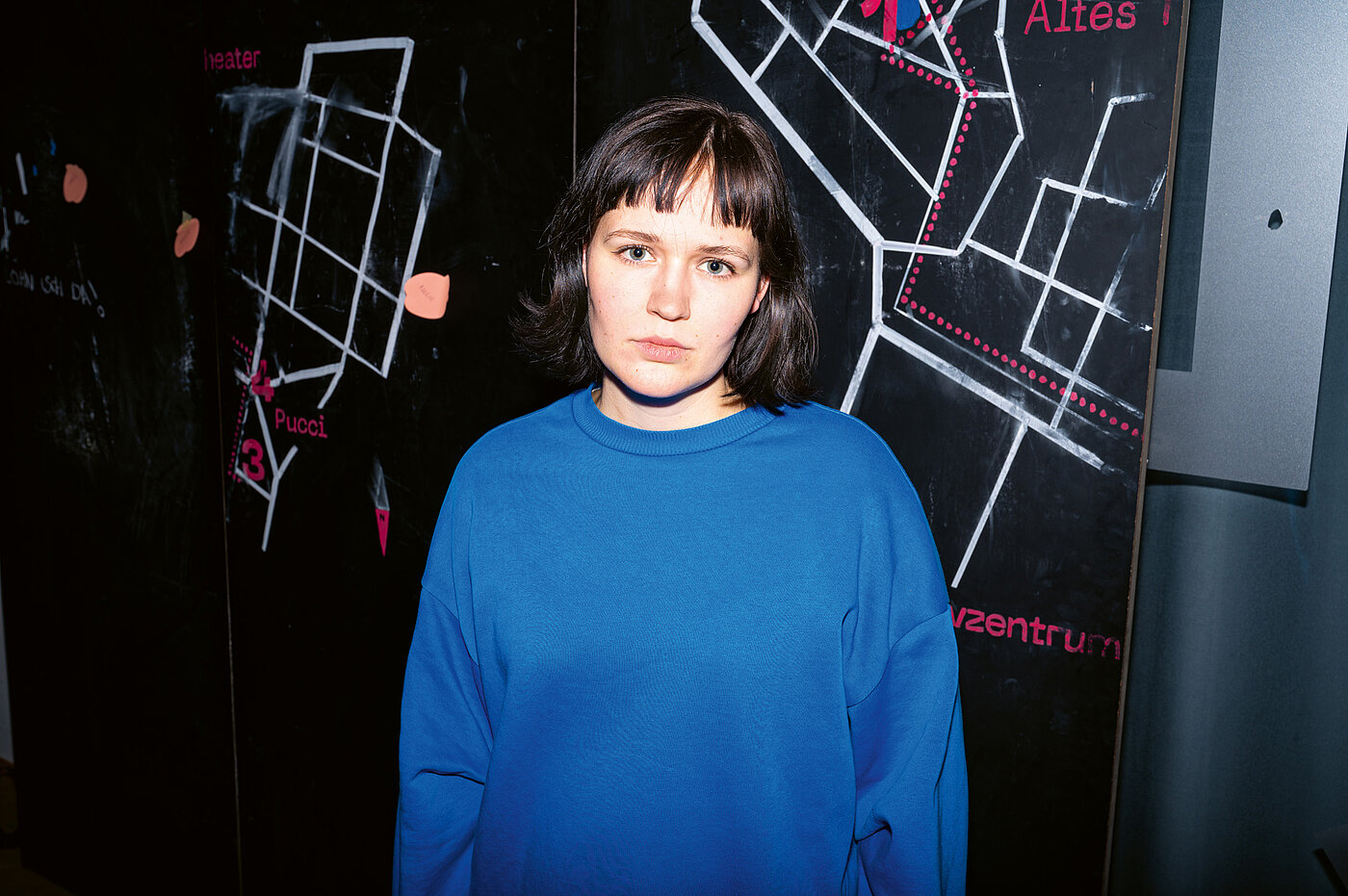
“Snow flurry” is the translation of the Finnish word “pyry”, which Marie-Luise Charlotte Weier chose as the title for her remarkable work. Indeed, one has to dress warmly when looking at her impressive photographs: frozen book pages allow the beauty of the Arctic Circle to shine through a thin layer of ice while symbolising its fragility. It takes effort to preserve this beauty – for the book, it is enough to maintain a permanent temperature of 0 degrees centigrade. Greater measures are required to protect the eternal ice.
Pyry thus inspires in several respects: in terms of content, the aesthetic photographs and their message could hardly be staged more intensively or more haptically experienceable; in terms of form, the special aesthetics of the risography and the technical realisation of the ice-covered pages are fascinating.
Marie-Luise Charlotte Weier, who is currently completing her master’s degree in contextual design at the Design Academy Eindhoven after graduating from the Baden-Wuerttemberg Cooperative State University (DHBW Ravensburg) in a dual study programme in media design, impressively shows with her work that the possibilities of analogue design are far from exhausted. Besides a borderline experience in icy cold, the artist herself has gained much more from her expedition: “The lightness, balance and efficiency of Finnish design and wonderful friendships.”
Interview with Marie-Luise Charlotte Weier
Red Dot: What initially sparked your work?
Marie-Luise Charlotte Weier: During my semester abroad at the University of Lapland, I spent five months in the Arctic Circle. There I experienced the extreme cold of up to minus 38 degrees in everyday life – especially during a tour to the north. At that moment, this existential feeling activated survival mode and left a lasting impression on me. My foot froze several times and painfully thawed out again.
Did you consciously choose risography for the presentation in book form as a particularly sustainable printing technique or because of its aesthetics?
The environmental aspect should play a role in every print and presentation. For the ice book, the loose colour particles of the risography also became an analogy for the transience of snowflakes.
By separating the colours, I came up with the idea of printing the front in steel blue in a single colour, and the back in marine red, aqua or sunflower in two colours. In this way, the translation of the hard, extreme moment of freezing succeeded – so only in retrospect, when turning the page, does the whole picture emerge.
The trickiest part was certainly the astonishing coating with ice. How was this technically realised?
It was a long process of experimentation, patience and repetition. In the Arctic Circle I had taken part in a course on designing and building ice sculptures, which at least opened the doors for me to ice as a material.
But the ice pages, the frozen photographs, were the easier part. The most difficult aspect was the binding: the book had to be stable, meaning that the pages must not break or freeze together.
The message is obvious: we need to protect the Arctic and the ice. Do you think that design in general could develop the power for ecological rethinking?
I think we need to do everything we can to drive an ecological rethink and actively unlearn short-term, personal conveniences – for the sake of a long-term, shared future.
Are you not a little sad that the book probably won’t last for eternity?
I have a laughing and a crying eye: the ice book pushed me to the limits and I learned a lot in the process, including about myself.
But to be quite honest, I don’t wish any claim to eternity for my own or any other man-made artefacts. This brings us back to climate change: I think we have immortalised ourselves enough.

